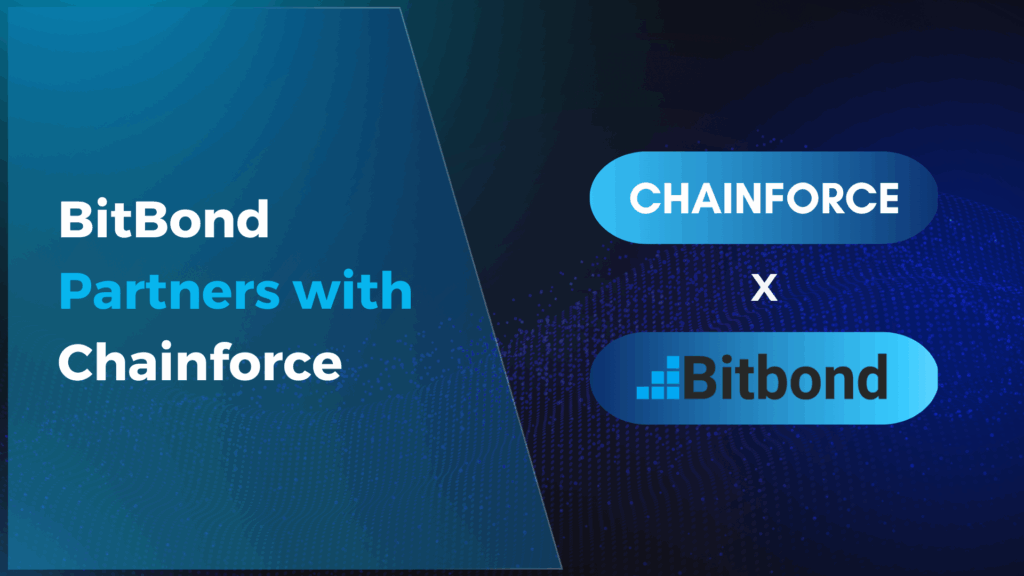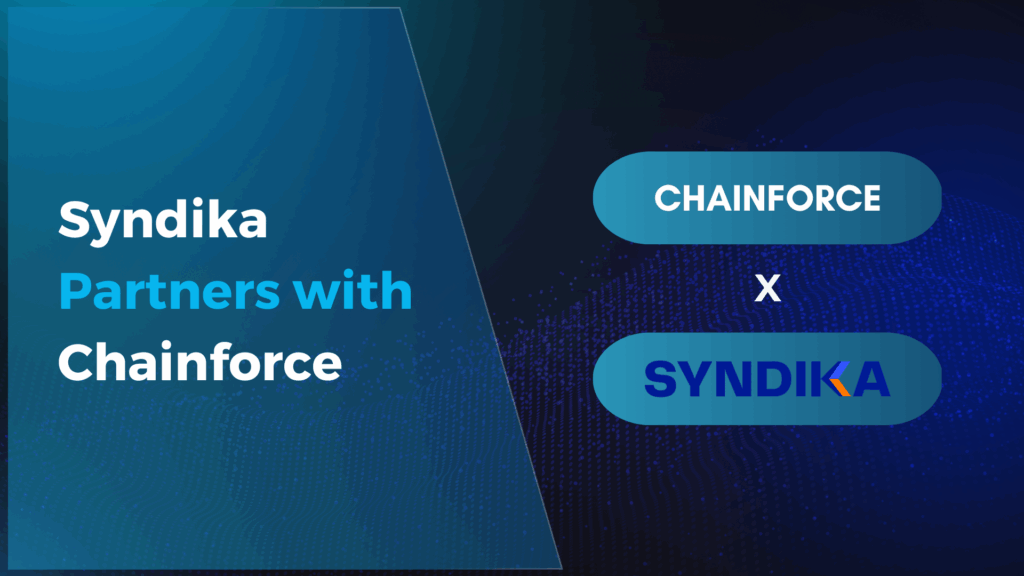Launching a token requires a strategic, thoughtful approach, especially given the dynamic and often uncertain nature of the crypto industry. As token launches gain traction and FOMO (fear of missing out) intensifies, it becomes essential for builders to prioritize caution and thorough preparation. This guide outlines the operational steps necessary for a successful token launch, emphasizing security, compliance, and alignment among stakeholders. If you’re considering launching a token, this resource will help you navigate the logistics effectively.
Preparation is Key for Token Launches
Launching a token is not an overnight task; it demands collaboration, coordination, and sufficient lead time. The process involves multiple stakeholders—developers, custodians, staking providers, investors, and others—who must be aligned to ensure the smooth creation and management of the new digital asset. By anticipating and addressing these operational requirements early, you can avoid unnecessary delays and pitfalls.
These guidelines reflect the current landscape of token launches but should be adapted as the market, technology, and regulatory environment evolve.
Collaborate Early with Custodians
Regulatory considerations mean that certain stakeholders, particularly those subject to U.S. Securities and Exchange Commission (SEC) oversight, cannot take custody of tokens until supported by an appropriate third-party custodian. These custodians must meet specific requirements, including state or federal registration, operational and security oversight, and regular audits.
Key Considerations:
Start conversations with custodians and third-party providers as early as possible to clarify timelines and requirements. Ensure stakeholders perform due diligence on custodians’ information security and operational practices. Plan for complexity by accounting for advanced protocol features like SNARKs, privacy functionalities, or interactions with layer 2 (L2) networks, which may extend development timelines.
Conduct Thorough Security Audits
Security is paramount in token launches. All code associated with the token must undergo rigorous audits to identify and mitigate vulnerabilities. These audits should be conducted by experienced, reputable auditors.
When selecting an auditor, consider their testing methodology and ensure it aligns with your protocol’s specific needs. Verify they use industry-standard tools and techniques to detect vulnerabilities. Assess whether they have experience with similar projects and check if they have been involved in high-profile breaches linked to their audits. Once selected, resolve all high- and critical-severity issues identified in the audit report. Address medium-severity issues where possible, providing justifications for any unresolved items. Commission a final verification audit to ensure all identified issues are resolved, and publish the final audit report alongside the protocol’s source code or share it with relevant stakeholders.
Token Allocation and Distribution
Once custodians and stakeholders are aligned, and the security audits are complete, focus on token allocation and distribution. Tokens can be allocated either pre-launch or post-launch, depending on the protocol’s design and stakeholder preferences.
When planning allocation, determine whether tokens will be distributed pre- or post-launch. Consider how many wallets stakeholders will use and whether tokens will be delivered in a single event or in tranches. Ensure stakeholders comply with any custodian requirements for token delivery. Conduct test transactions to verify wallet addresses and minimize distribution errors.
Enforce Lockups and Vesting Periods
Token lockups are essential for fostering long-term alignment among stakeholders and building confidence in the project’s sustainability. A uniform lockup and vesting schedule for all insiders prevents misaligned incentives and premature token sales.
Decide whether all stakeholders will be subject to the same lockup terms and confirm that custodians can enforce these terms. Plan how unlocked tokens will be distributed according to the vesting schedule, ensuring clear communication to minimize misunderstandings.
Facilitate Staking and Governance
For protocols that rely on stakeholder participation in staking and governance, enabling these features at launch requires careful planning and coordination with custodians and staking providers.
Determine whether custodians will allow stakeholders to select their own staking providers or if they will offer predefined options. Work with geographically distributed staking providers to enhance network decentralization. Decide if staking rewards will compound automatically or require manual restaking. For governance, determine whether it will be conducted on-chain or off-chain and whether custodians will enable stakeholders to vote directly or act on their behalf.
Conclusion for Token Launches
Launching a token successfully requires a deliberate, well-coordinated approach. Start by aligning timelines with high-quality custodians, ensuring security through audits, and establishing fair token allocation and lockup mechanisms. As you finalize operational details, such as staking and governance structures, always aim for clarity and alignment among all stakeholders.
By following these guidelines, you can streamline the operational logistics of your token launch and set your protocol up for long-term success.
If you’re looking to craft a successful token launch strategy and need tailored tokenomics solutions, book a meeting with Chainforce’s experts for personalized guidance to elevate your project to the next level!



